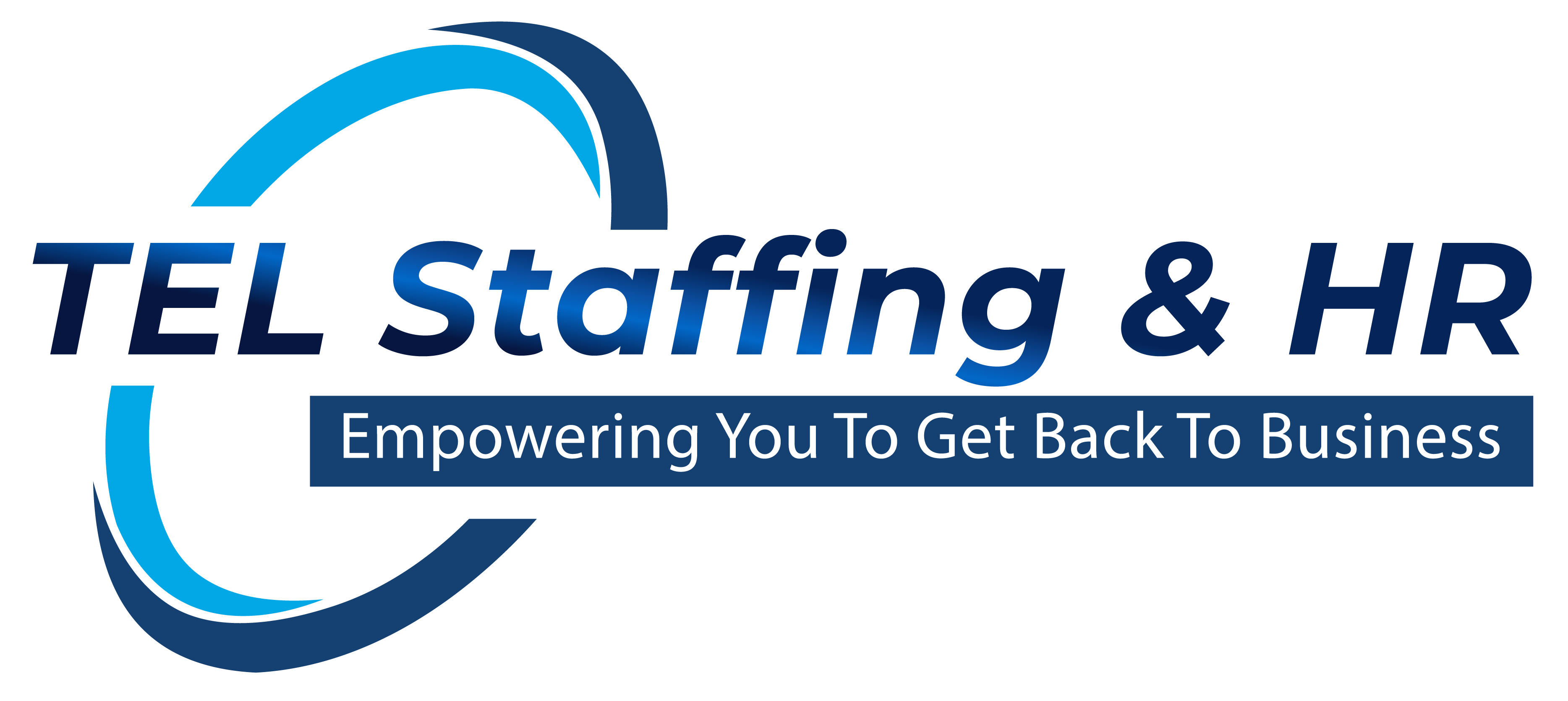As year-end approaches,
payroll reporting moves to the top of every business leader’s to-do list. But while closing out payroll may feel routine, small mistakes can draw unnecessary attention from the IRS and that’s the last kind of spotlight you want.
The good news? By knowing the most common red flags and addressing them ahead of time, you can keep your year-end reporting accurate, compliant, and stress-free.
🚩Red Flag #1: Mismatched W-2 and 941 Forms
The IRS automatically cross-checks employer W-2s with Form 941 filings. Even a small discrepancy can trigger notices or audits.
Pro Tip: Run reconciliation reports before filing. Compare gross wages, taxes withheld, and employer contributions line by line to confirm everything matches.
🚩Red Flag #2: Misclassifying Employees and Contractors
Classifying someone incorrectly can cause major penalties. If you issue a W-2 when it should be a 1099 (or vice versa), the IRS will notice.
Best Practice: Apply the IRS “common law” test to confirm classification.
🚩Red Flag #3: Missing or Incorrect Employee InformationErrors like an incorrect Social Security Number or outdated address don’t just inconvenience employees, they get flagged in IRS systems.
Quick Stat: Roughly 1 in 5 W-2 forms contain an error when initially prepared. Double-check now to avoid costly corrections later.
🚩Red Flag #4: Inconsistent Payroll Schedules or Gaps
Sudden changes in pay schedules or unexplained breaks in reported wages can trigger reviews. Even if they’re legitimate, they raise questions.
Watch For: Seasonal gaps or changes in schedules. Document them clearly.
🚩Red Flag #5: Late or Incomplete Filings
The IRS doesn’t forgive missed deadlines. Late W-2s, 1099s, or quarterly returns create red flags and automatic penalties.
- File W-2s & 1099s by January 31
- File Form 941 by January 31
- File Form 940 (FUTA) by January 31
- Verify state/local deadlines (which often differ!)
Why It Matters
Year-end reporting isn’t just paperwork; it’s a compliance safeguard. Red flags not only risk penalties but also take valuable time away from running your business. By identifying and addressing risks now, you can close the year with confidence and start the next one strong.
The Takeaway
Avoiding IRS red flags is all about preparation, accuracy, and documentation. The earlier you review payroll records, the smoother year-end filing becomes.
Want more practical compliance and efficiency strategies to help you finish the year strong? Download our free premium guide: The 2025 Compliance & Efficiency Playbook for Business Leaders. It’s packed with expert tips, checklists, and strategies to simplify reporting and keep your business audit-ready.




